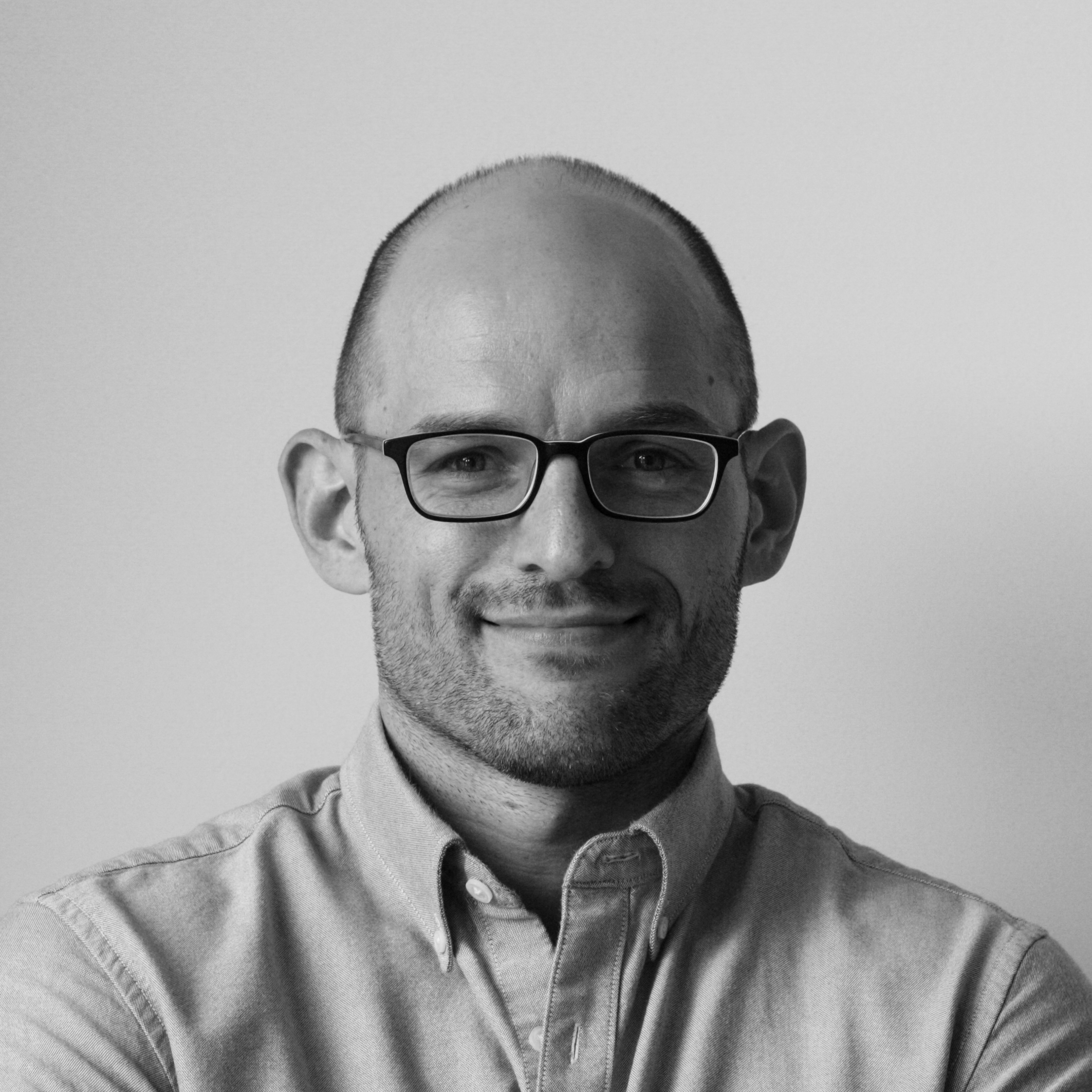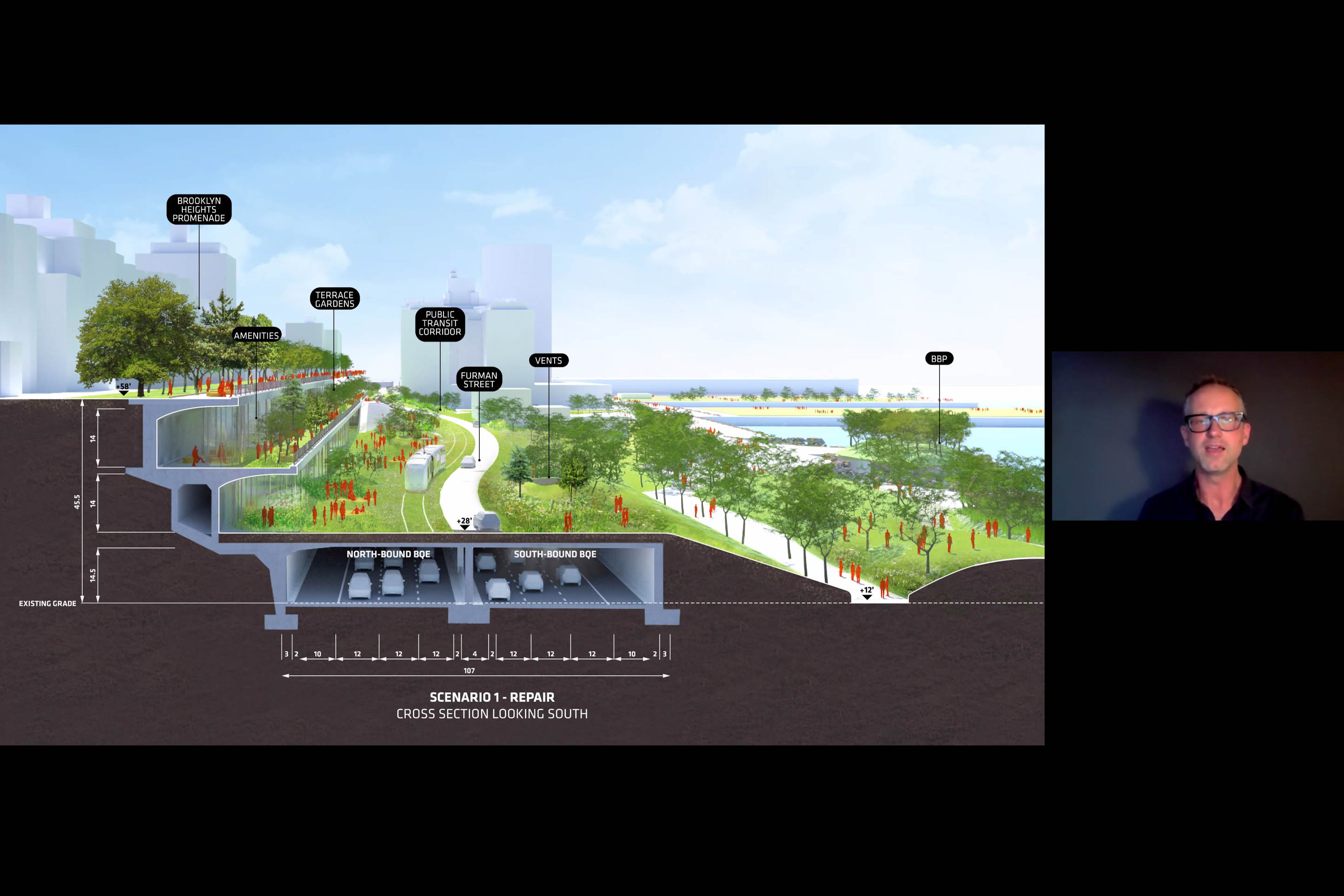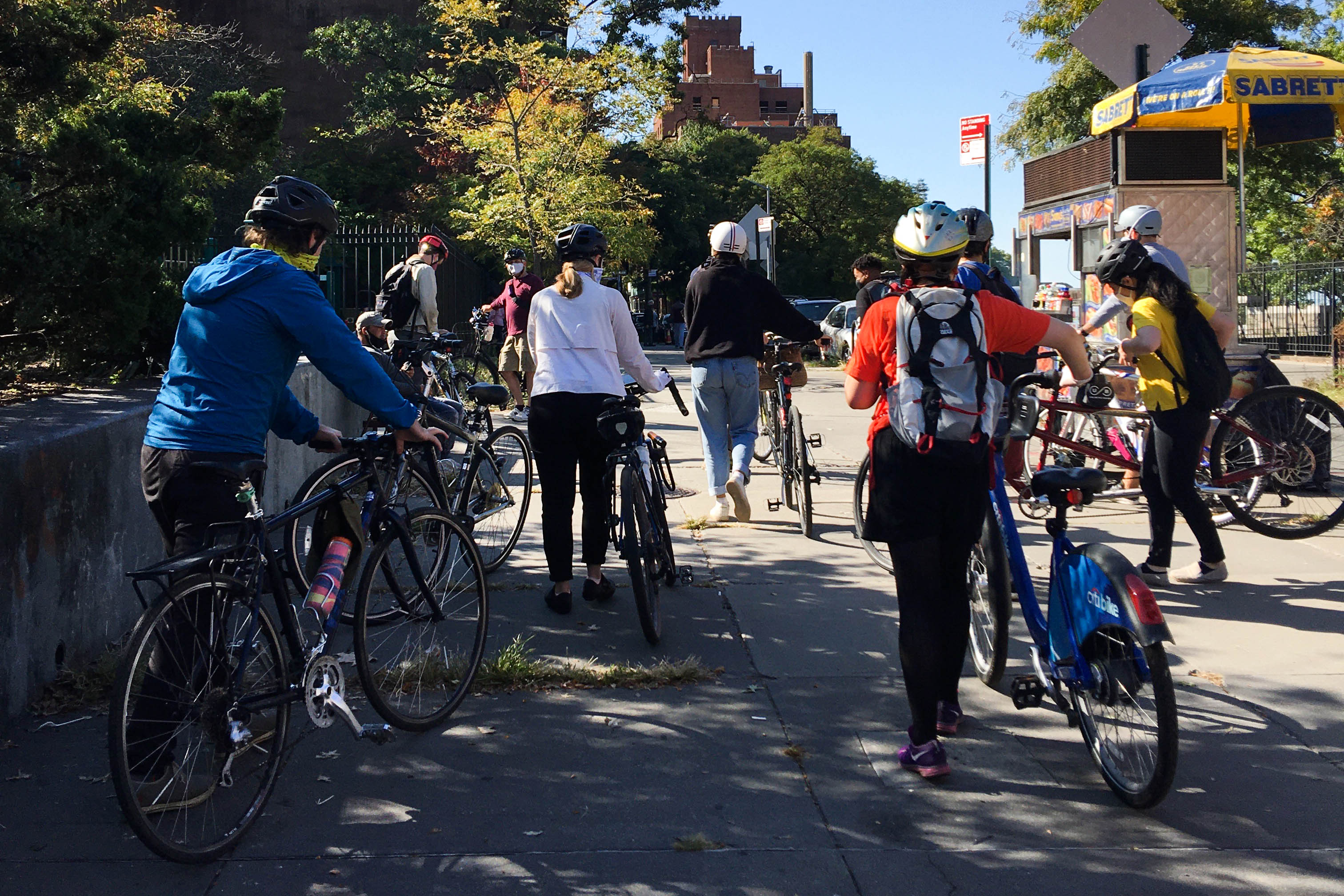Pre/Post BQE
Andrew Bruno, John Vogt 2020 Fall Fellowship
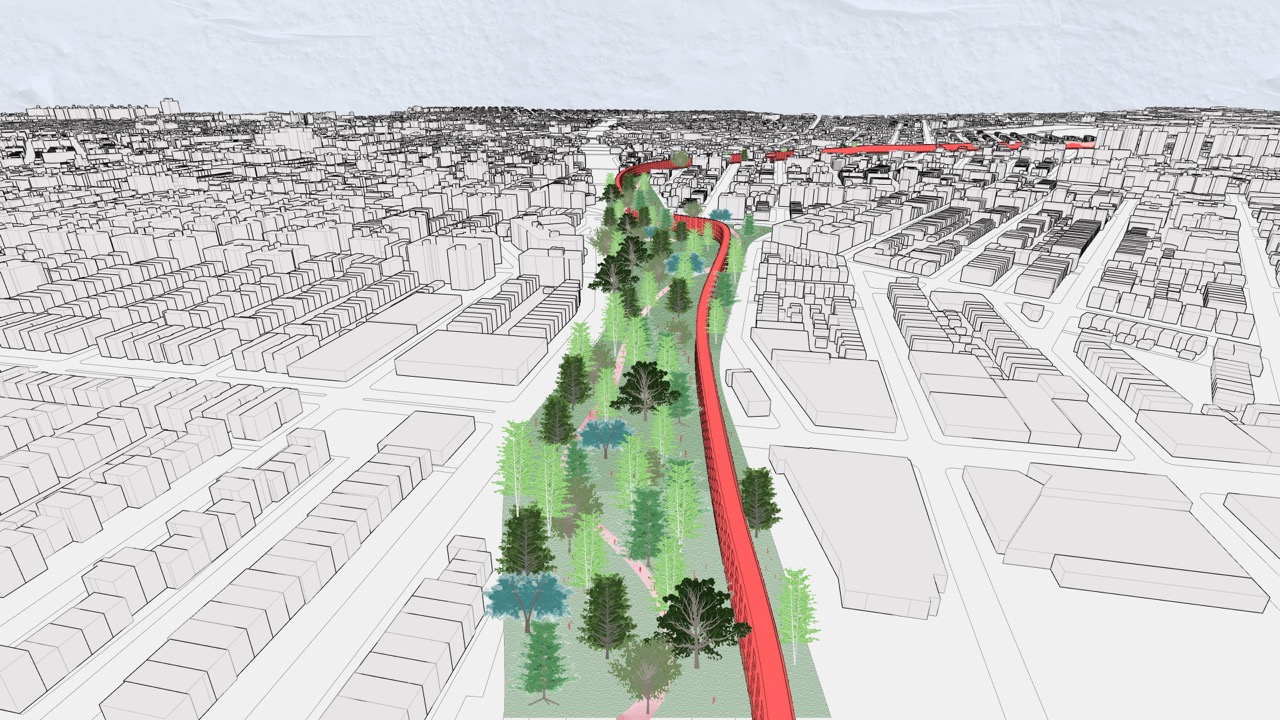
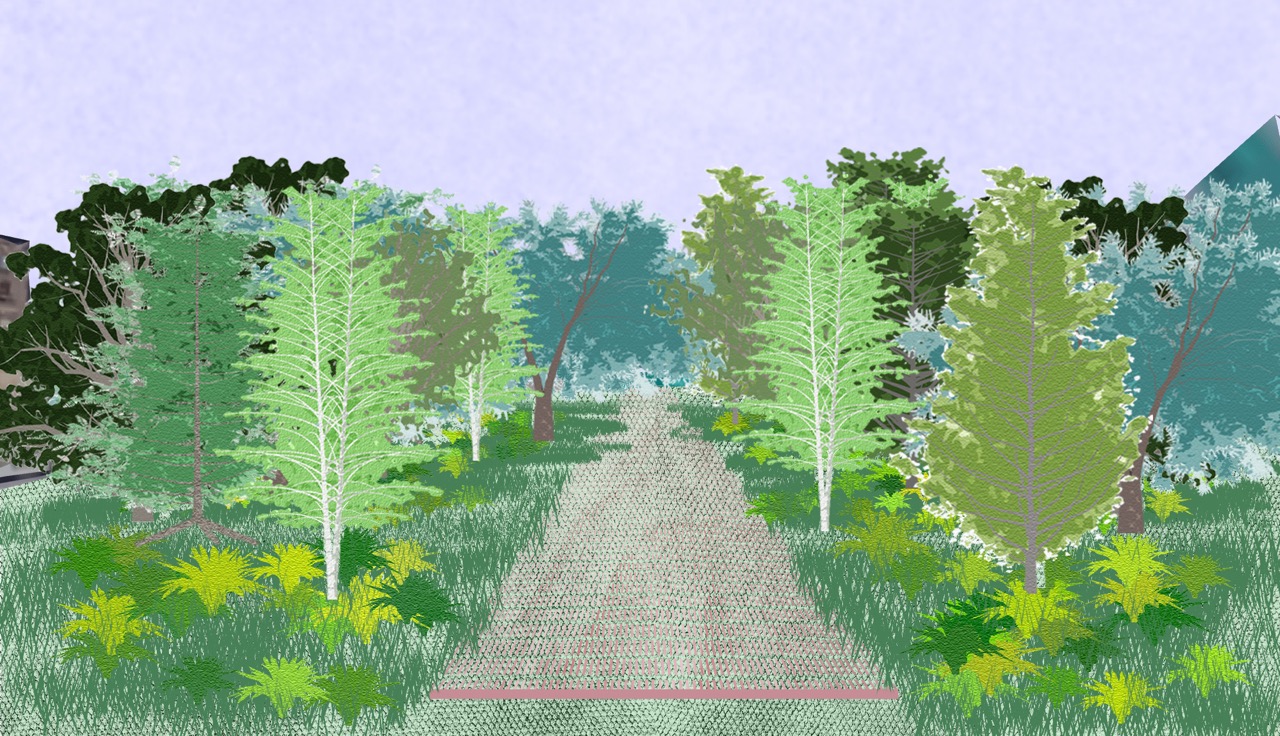

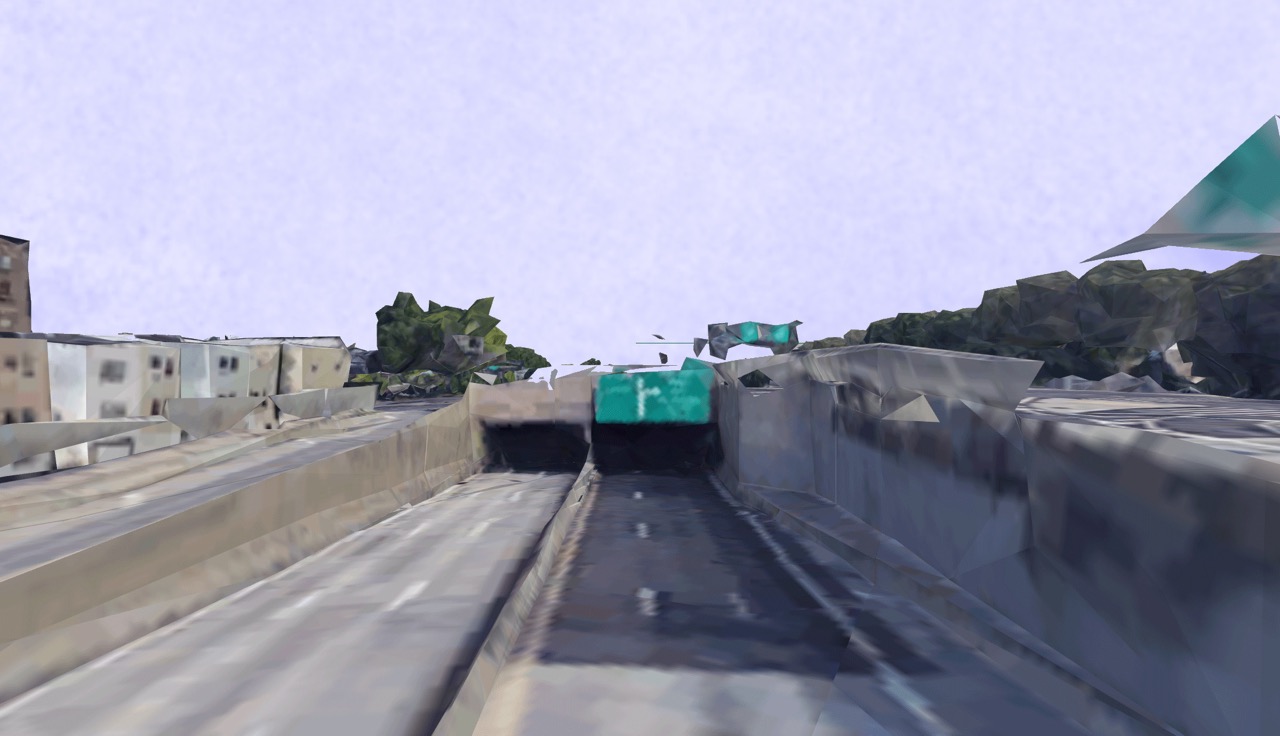
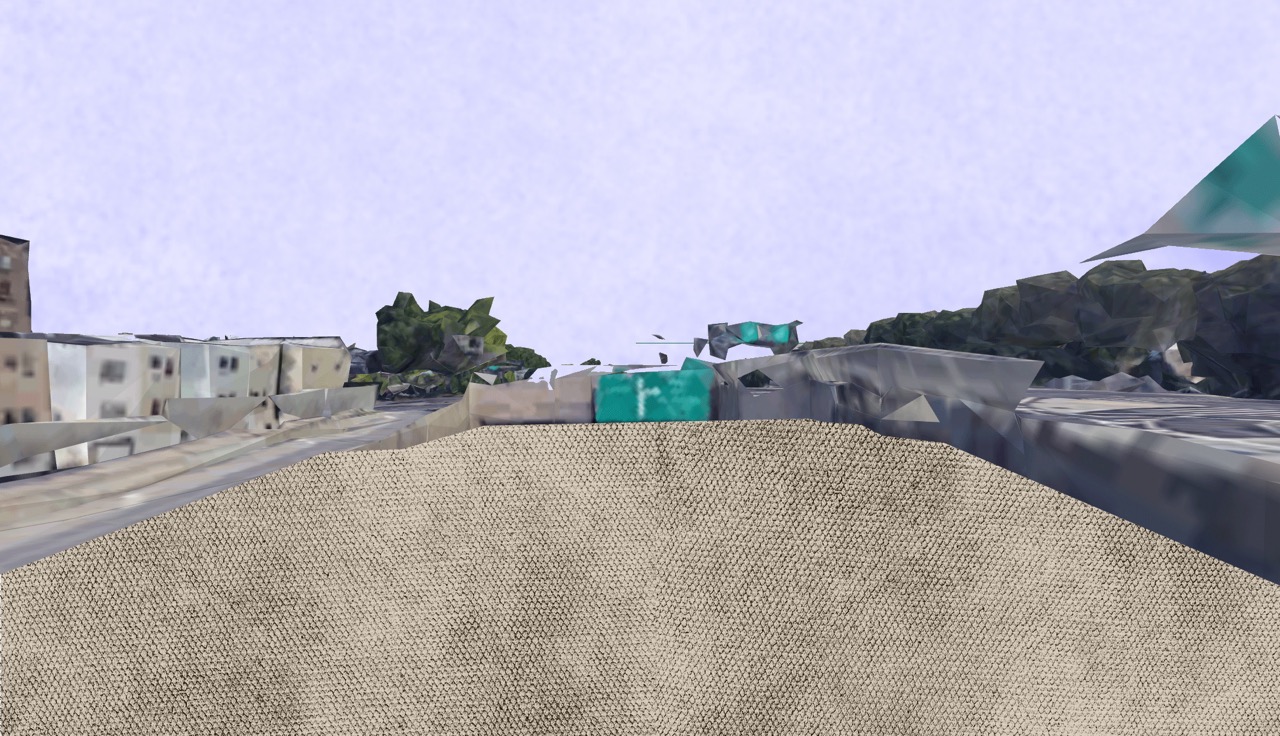
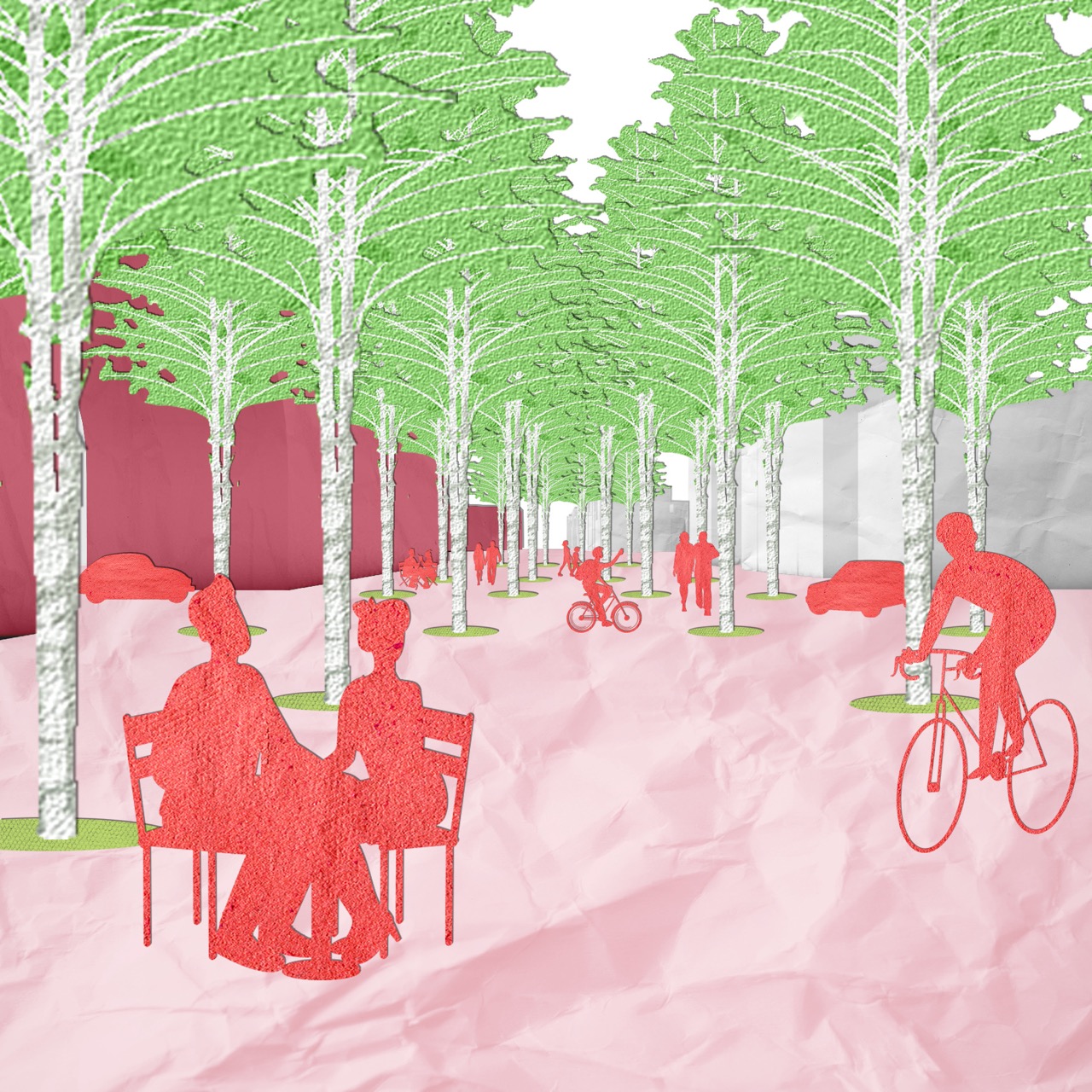
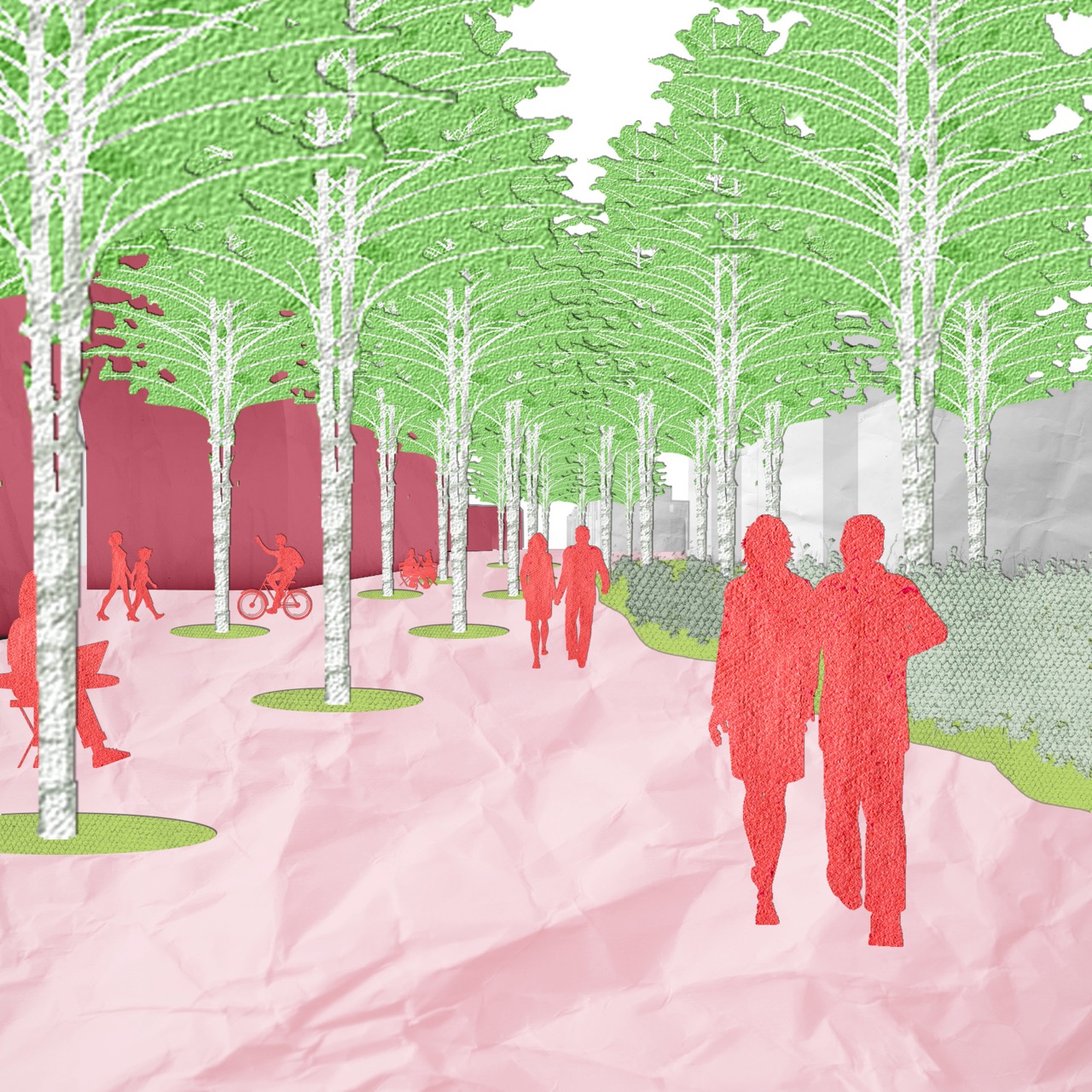
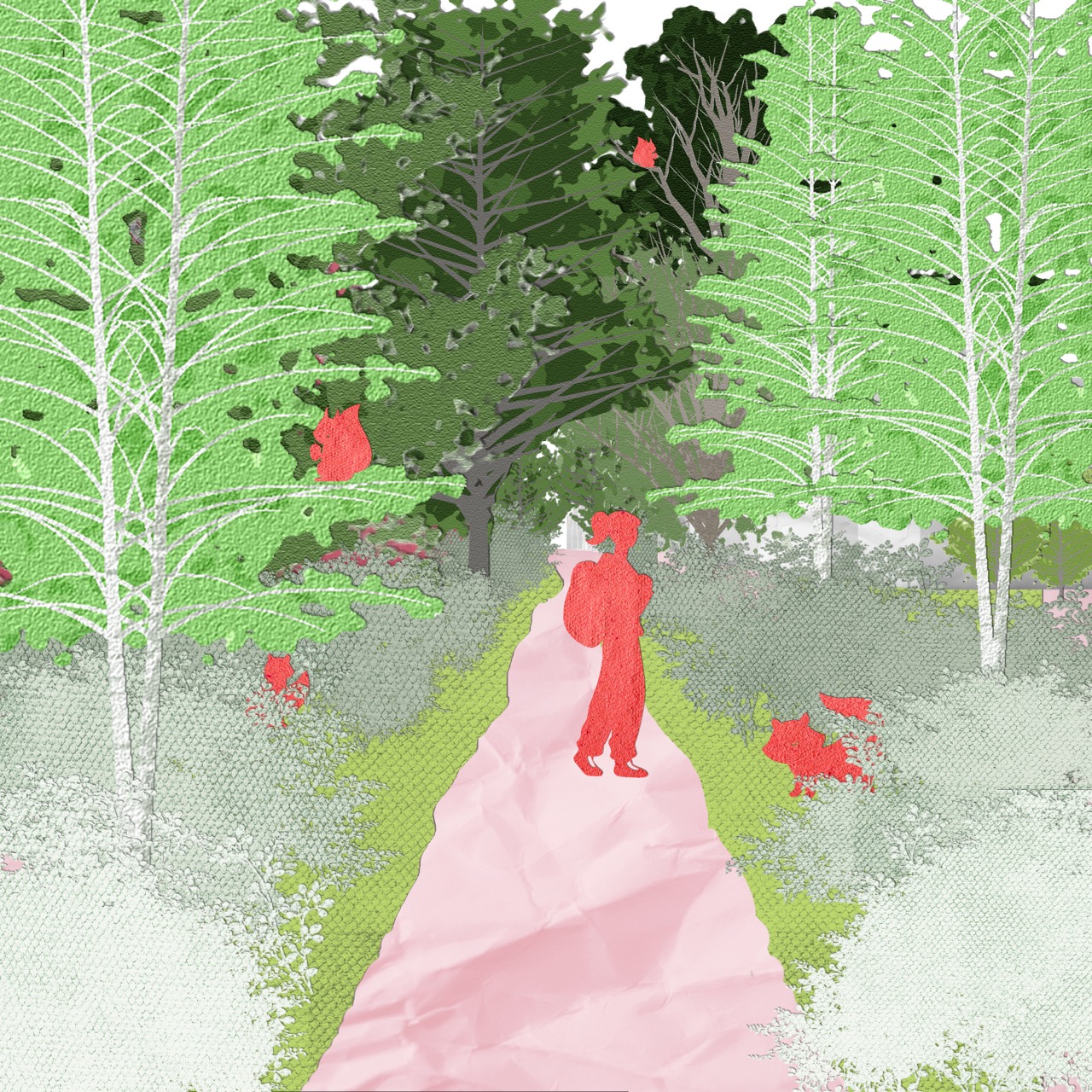
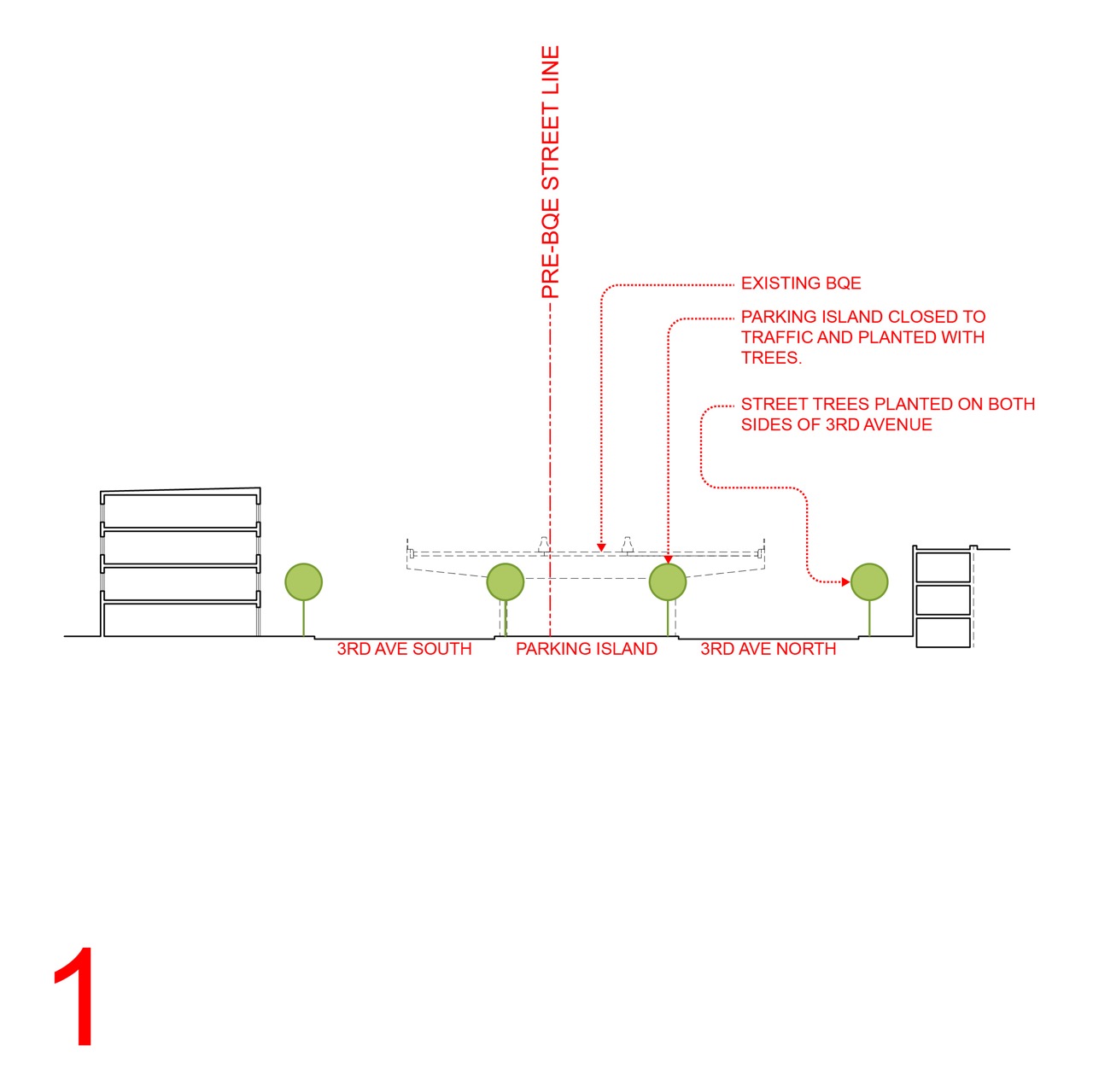
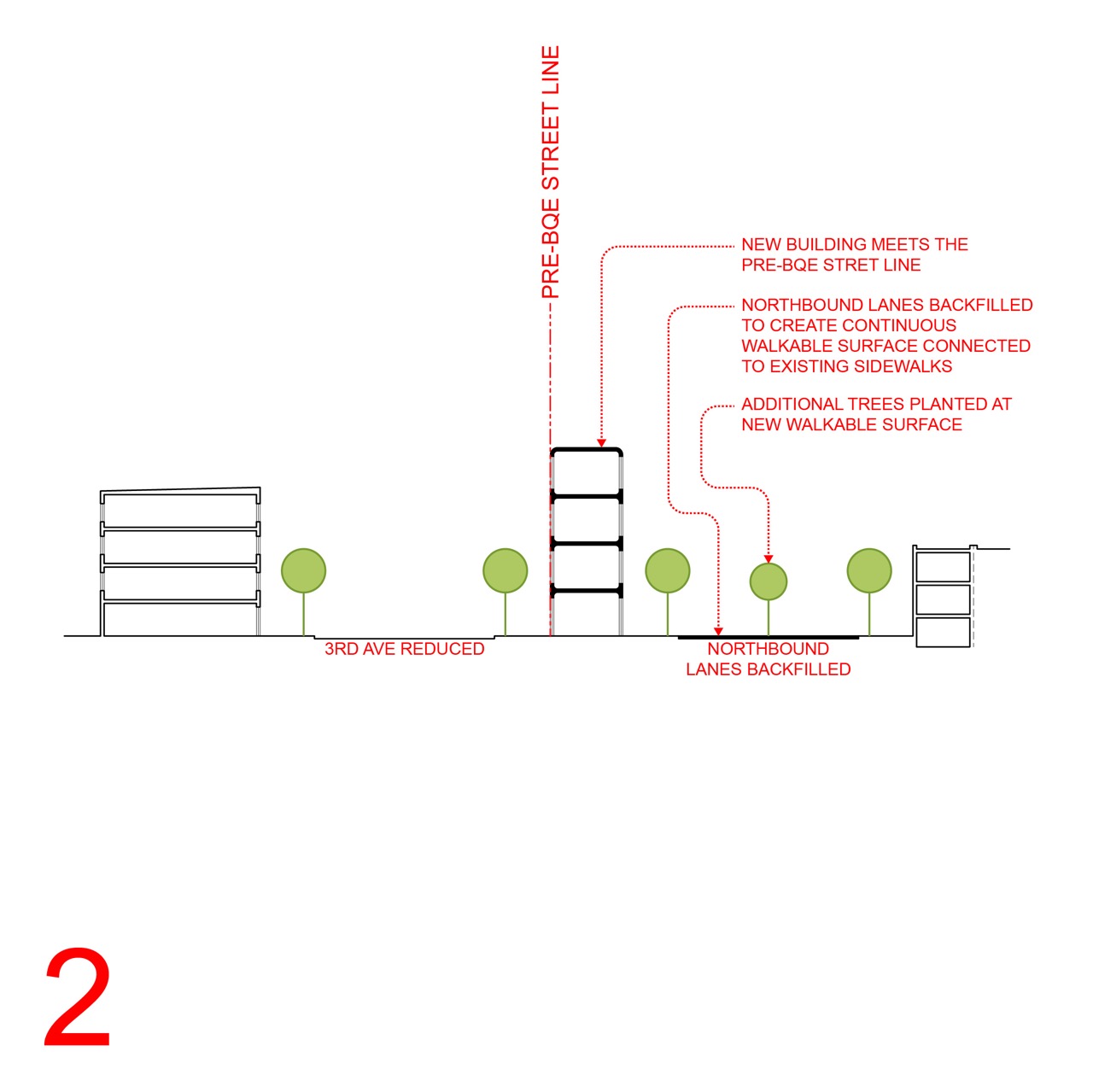
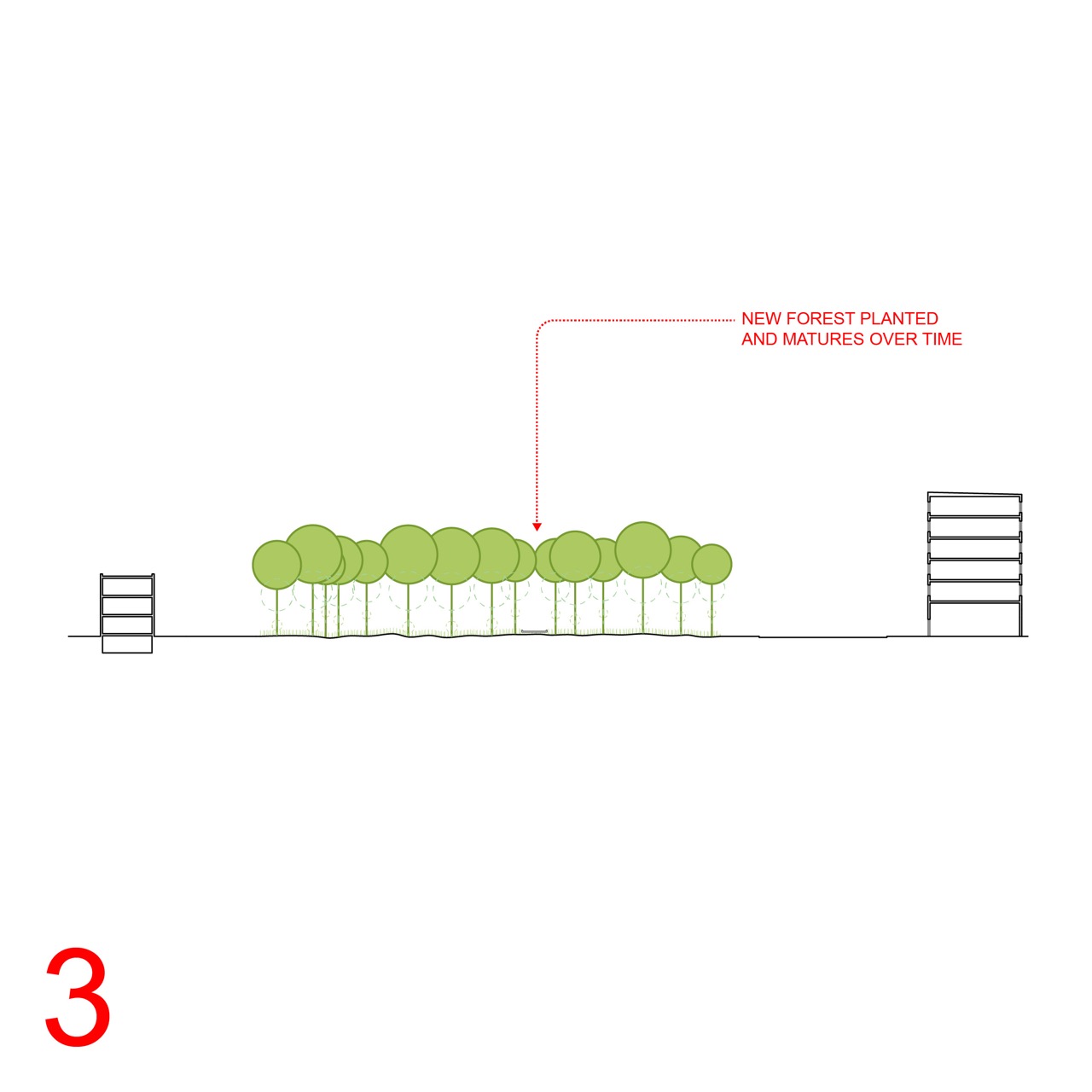
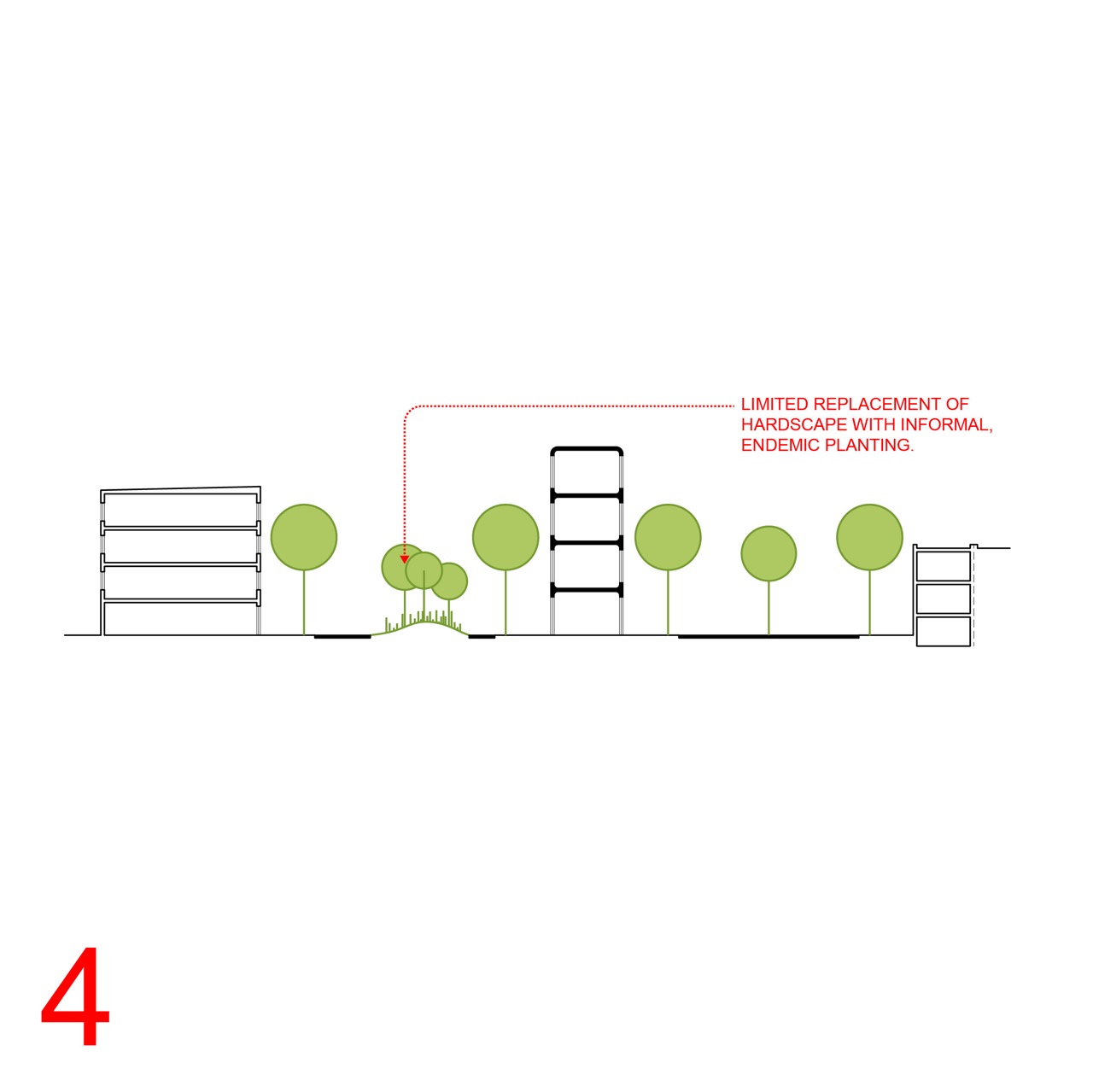
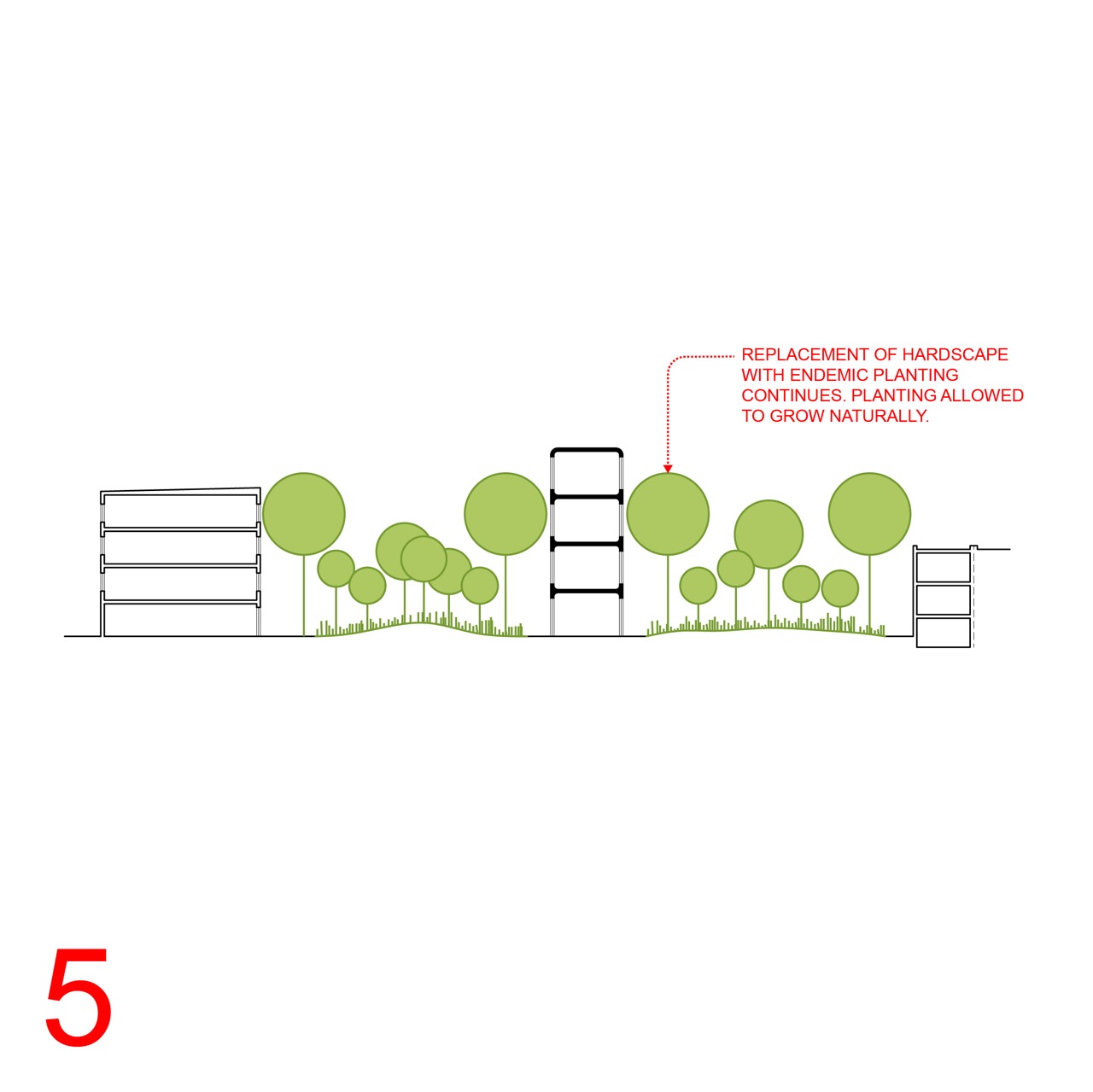

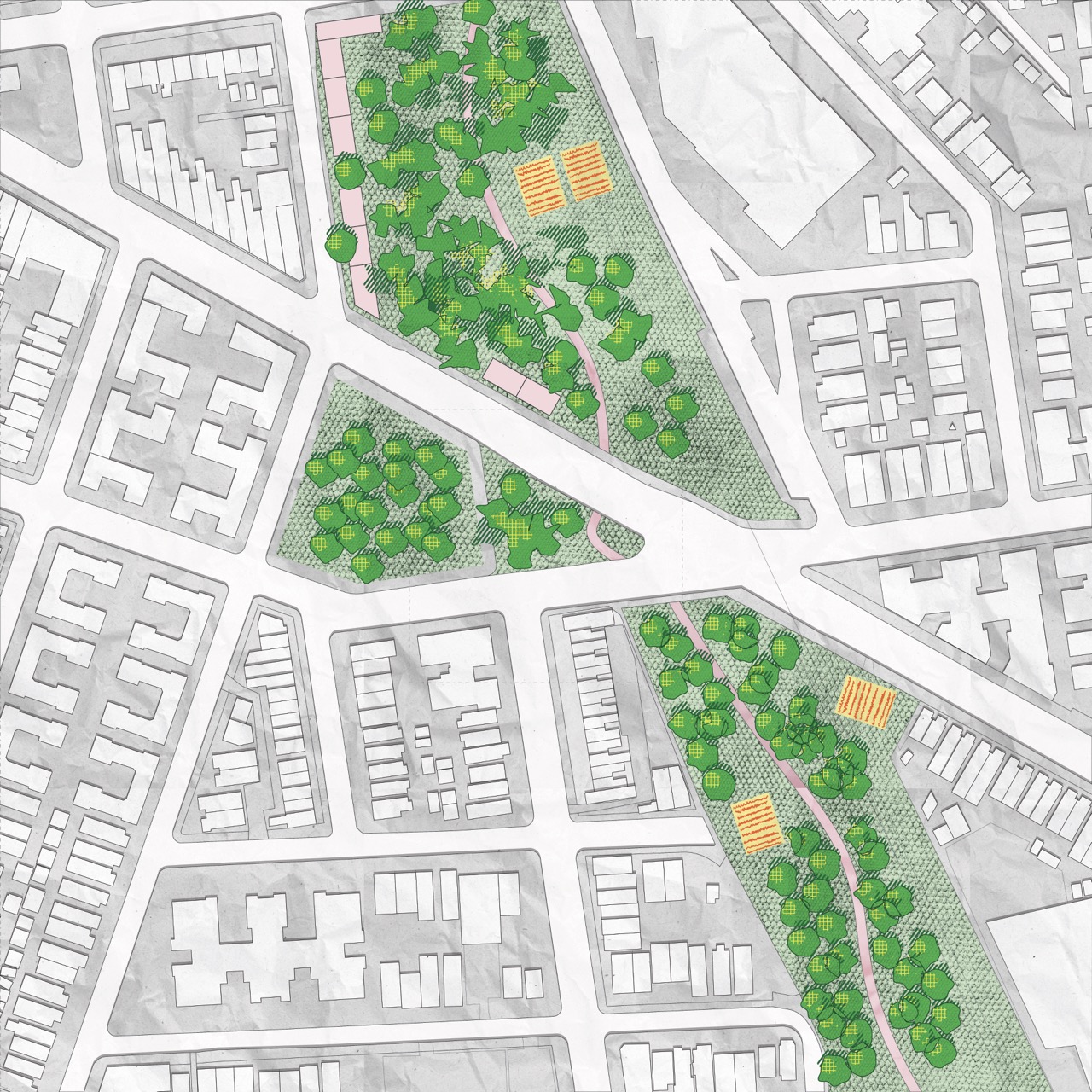
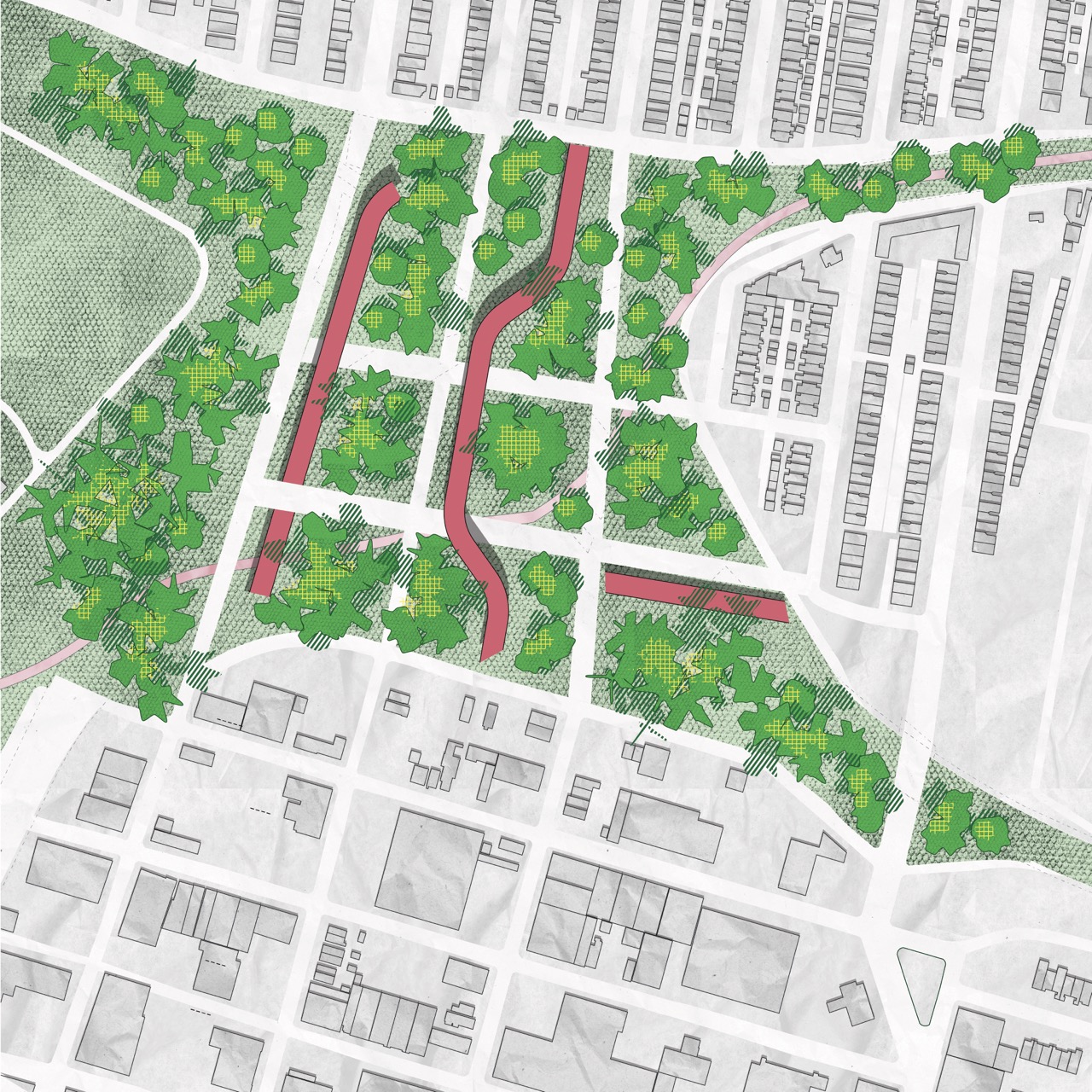
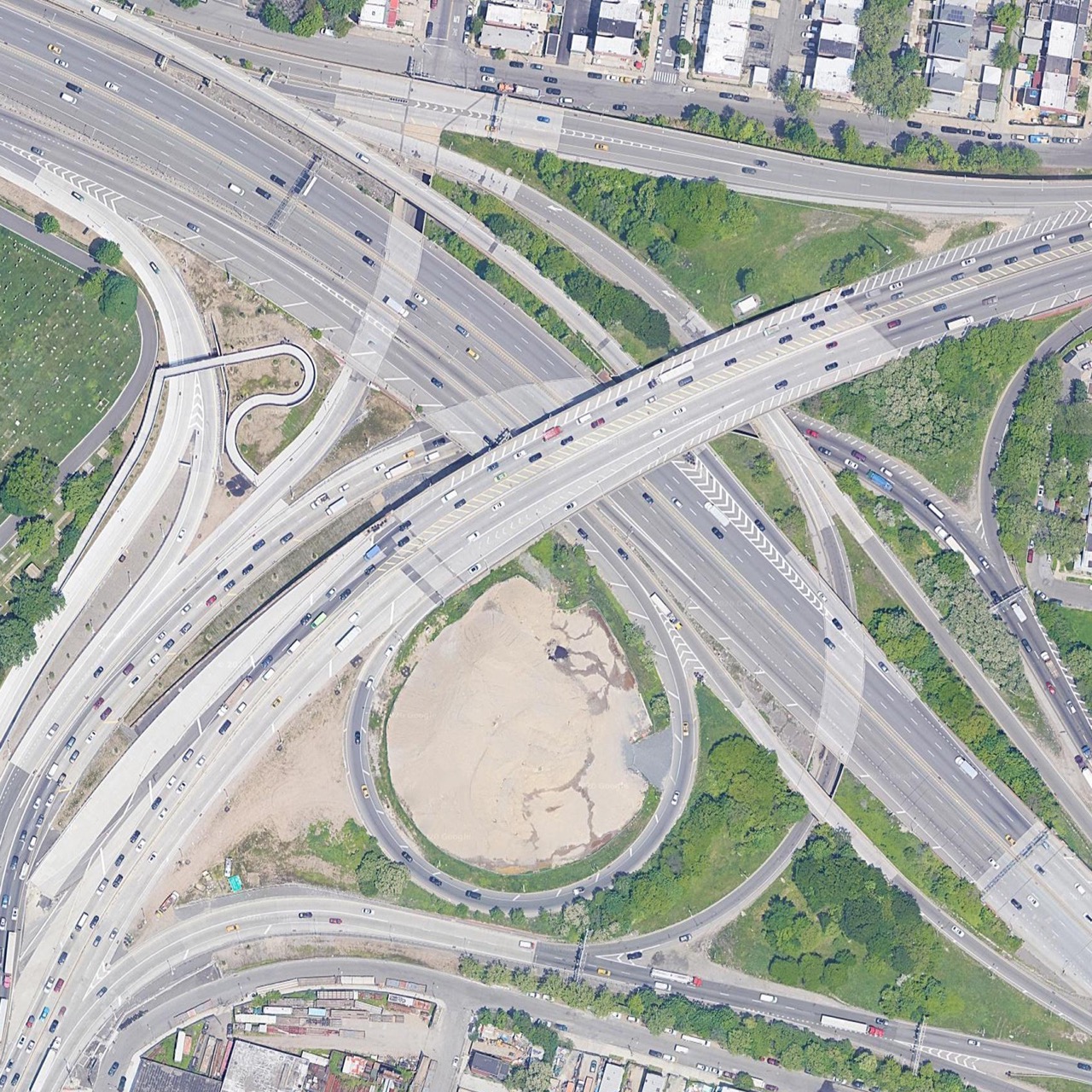

The BQE was built to serve a singular, auto-centric vision of what a city should be. In this version of the city, neighborhoods were bulldozed and carved up, leaving generations exposed to pollution and desolate, harsh urban landscapes characterized by impossible-to-navigate crosswalks and “left-over” lots with no ownership. Pre/Post BQE imagines how this damage can be healed once the BQE is gone. We propose to replace the BQE with a system of linear ecologies that attempt to heal both the economic and social human ecologies that were destroyed by the BQE and the pre-colonial natural ecologies that were superseded by the city more generally. The reintroduction of natural ecologies, while continuing to address the needs of humans, will make this project a generator for a healthier, more sustainable urban environment.
Pre/Post BQE analyzes the BQE through a historic lens by looking at the city’s development in order to inform our thinking about a possible replacement once the BQE is gone. From a historical standpoint, the BQE has only existed for a very small percentage of the time that New York has been inhabited. It was built to serve a singular, auto-centric vision of what a city should be. In this version of the city, neighborhoods were bulldozed and carved up, leaving generations exposed to pollution and desolate, harsh urban landscapes characterized by impossible-to-navigate crosswalks and “left-over” lots with no ownership. All of this destruction occurred only to provide suburban commuters with ease of access to Manhattan – car owners in New Jersey and Staten Island could drive over the Narrows and through the Battery Tunnel or over the Brooklyn Bridge with as little inconvenience as possible. The quality of life of a distant group was prioritized over that of the people that actually had to live adjacent to the BQE. Pre/Post BQE imagines how this damage can be healed once the BQE is gone. We propose to replace the BQE with a system of linear ecologies that attempt to heal both the economic and social human ecologies that were destroyed by the BQE and the pre-colonial natural ecologies that were superseded by the city more generally. The reintroduction of natural ecologies, while continuing to address the needs of humans, will make this project a generator for a healthier, more sustainable urban environment.
Pre/Post BQE analyzes the BQE through a historic lens by looking at the city’s development in order to inform our thinking about a possible replacement once the BQE is gone. From a historical standpoint, the BQE has only existed for a very small percentage of the time that New York has been inhabited. It was built to serve a singular, auto-centric vision of what a city should be. In this version of the city, neighborhoods were bulldozed and carved up, leaving generations exposed to pollution and desolate, harsh urban landscapes characterized by impossible-to-navigate crosswalks and “left-over” lots with no ownership. All of this destruction occurred only to provide suburban commuters with ease of access to Manhattan – car owners in New Jersey and Staten Island could drive over the Narrows and through the Battery Tunnel or over the Brooklyn Bridge with as little inconvenience as possible. The quality of life of a distant group was prioritized over that of the people that actually had to live adjacent to the BQE. Pre/Post BQE imagines how this damage can be healed once the BQE is gone. We propose to replace the BQE with a system of linear ecologies that attempt to heal both the economic and social human ecologies that were destroyed by the BQE and the pre-colonial natural ecologies that were superseded by the city more generally. The reintroduction of natural ecologies, while continuing to address the needs of humans, will make this project a generator for a healthier, more sustainable urban environment.


